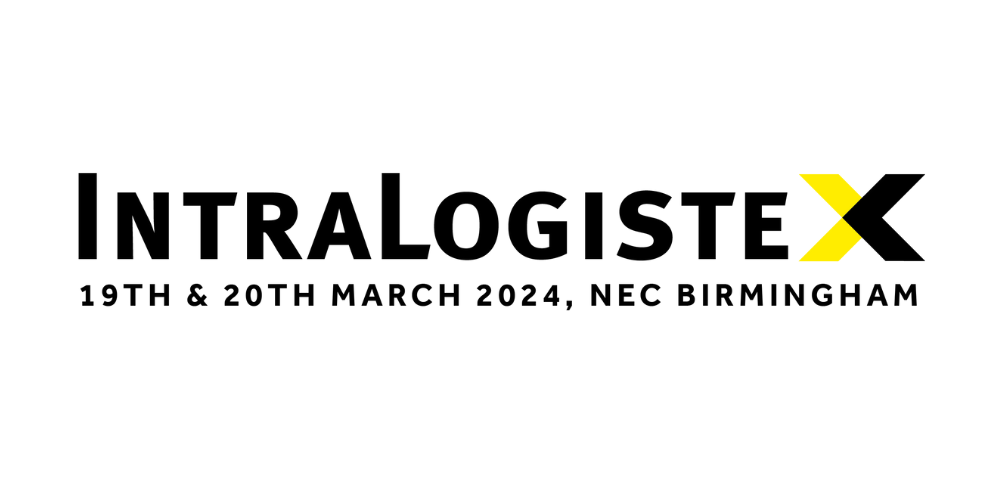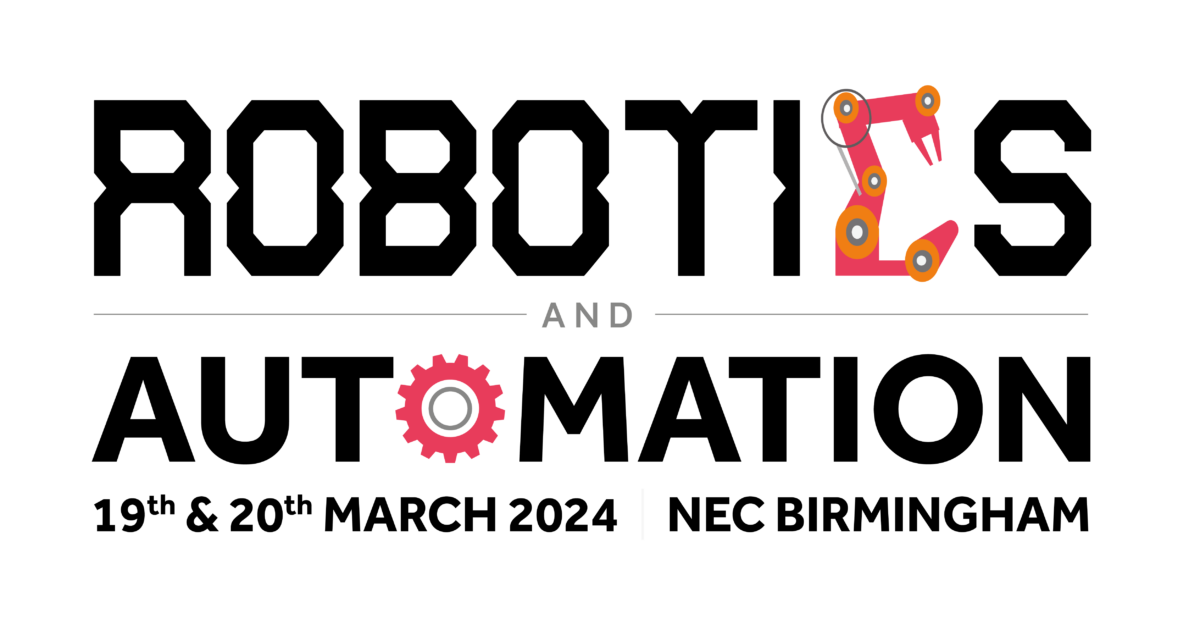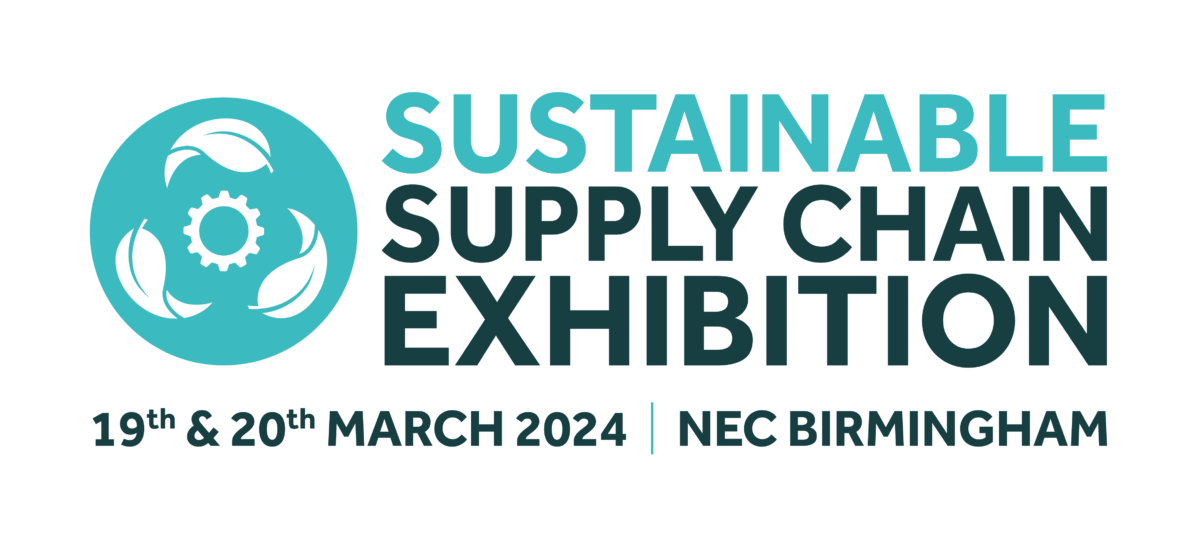Two new Mitsubishi counterbalance forklift trucks – a 2.5 tonne LP gas FG25K and an FBK RT 1.5 tonne three-wheel electric model – are contributing to the materials handling needs of the Morgan Motor Company. The vehicles, which replace two outdated forklifts, have been supplied under a finance lease agreement.
The IC engine truck is being used a variety of roles including handling precious loads such as ash, used for Morgan’s timber frames; leather for the interiors; and engines and chassis. The electric forklift, which spends 90% of its time inside, is used for moving everything from small components to whole engines.
Steve Morris, production manager at the sports car manufacturer,
comments: “Our decision to go for these two Mitsubishi trucks was based on
the whole combination of their features, as well as their competitive price.” transport modes, especially those that are considered to be safe, reliable, efficient, environmentally friendly – and sustainable. As a result the EC’s task is to increasingly focus on intermodalism and integrating water freight, such as short sea shipping and inland waterways, much more into the logistics supply chain.
The signs are clear. A wide
variety of factors are coming into
play, which many believe will make
water freight more attractive, and
viable, for logistics movements.
These include, worsening road
congestion, the growing lorry
driver shortage and implications of
the Working Time Directive, factors which are well known and documented. But there are cost factors in the pipeline. In July the Department for Transport
(DfT) announced that a
nationwide system of road tolls is
an increasingly realistic option.
Furthermore, plans are being
cranked up to introduce a road
distance-changing scheme for
lorries. In Germany, a mileage toll (about 15p/mile) is now being
levied on lorries of more
than 12 tonnes travelling on the
autobahns. As a result, it is
estimated road haulage costs
through Germany will increase by
between 12 -15%. In any case, with
the enlargement of the EU there is
a strong argument in favour of
using water for long-distance
freight movements. However, from
a water perspective, the icing on
the cake must be the recent
announcements from Brussels,
including:
l The Marco Polo programme becoming fully operational in 2003, with a Euro 115M funding budget to cover the next few years. Marco Polo will include intermodal operations and provide new opportunities for short sea shipping projects.
l The EC’s recently launched programme document for promoting short sea shipping, contained 14 action points for implementation, in addition to a proposal for a Directive on harmonising and standardising intermodal loading units (featured in the July/August edition of Logistics Manager).
l The EC High-Level Group on the trans-European transport networks (TENs) in June issued a report which, among many other things, identifies and promotes four Motorways of the Sea within Europe and which will primarily focus on complementing major land axes.
Vicious circle
The Marco Polo programme, one of 60 practical measures mentioned in the EC’s 2001 transport white paper, is a new programme to promote intermodality.
At the heart of the programme is the desire to shift the balance of freight between the different modes away from roads through a proactive policy to encourage the linking up of the different modes and in the process promote rail, inland waterways and short sea shipping. For example, water projects that can remove the long leg distance transport from the supply chain, leaving the short leg to be covered by road, using intermodalism in a seamless door-to-door logistics service would be ideal, say in a tri-modal (road, rail, water) hub scheme.
The objective is to shift 60 billion tonne-kilometres of freight to short sea shipping, inland waterways and rail within the next five years. If successful, this will absorb 100% of the projected growth in international road freight.
In essence, Marco Polo is designed to break the vicious circle that has made road haulage the dominant long distance freight transport solution since the 1970s.
The EC points out that Marco Polo is not an anti-road programme, as road users will benefit from the relief of chronic traffic congestion.
Furthermore, participating road hauliers will gain competitive advantage from new intermodalism. The Marco Polo programme will allow funding of innovative and important short sea shipping projects and under catalyst actions, such as modal shifts, will offer financial support to stimulate private sector risk taking. Possible projects receiving Marco Polo support will include:
l Motorways of the Sea to bypass key road bottlenecks.
l Non-stop international rail services.
l High speed freight trains on international routes.
l High quality inland waterway services linking the Black sea to North Sea ports.
l Pools of ships/road/rail compatible loading units.
Short Sea Shipping
The second development from Brussels concerns the issue of an EC policy document in April 2003 involving actions to promote short sea shipping. According to the document, short sea shipping is an obvious choice to play a key role in helping to curb the 50% increase in heavy goods vehicle traffic forecast in the white paper. There are many advantages claimed for short sea shipping. It can help re-balance the modal split; bypass land bottlenecks and is safe and sustainable. According to EC statistics short sea shipping is highly successful, performing 41% of all tonne-kilometres in Europe, while road transport’s share is 43%. (See Fig 1).
To fully utilise short sea shipping it needs to be successfully integrated into logistics supply chains and offer seamless door-to-door operations. The EC acknowledges that full integration still remains to be achieved, pointing out that a number of obstacles still hinder short sea shipping from developing further.
These include:
l It has not yet fully shed its past image as an old fashioned industry.
l It involves complex administrative and documentary procedures.
l It requires enhanced port efficiency.
l It needs new advanced technological solution for ships, port, loading units and telematics networks.
In a positive response, the EC’s programme for promoting short sea shipping consists of 14 individual actions.
These individual actions are divided into legislative, technical and operational actions as follows:
Legislative actions
l Implementation of the Directive on certain reporting formalities for ships to arrive in and/or depart from ports in the member states.
l Implementation of the Marco Polo programme.
l Standardisation and harmonisation of intermodal loading units through the proposed European Intermodal Loading Units.
l Motorways of the Sea.
l Improving the environmental performance of short sea shipping.
Technical actions
l Guide to Customs procedures for short sea shipping.
l Identification and elimination of obstacles to making short sea shipping more successful.
l Approximation of national
application and computerisation of
Community Customs procedures.
l Research and Technological Development.
Operational actions
l One-stop administrative shops.
l Ensuring the vital role of short sea shipping focal points.
l Ensuring good functioning of and guidance to short sea promotion centres.
l Promote the image of short sea shipping as a successful transport alternative.
l Collection of statistical information.
Finally, in June 2003 the EC’s High-Level Group on the TENs issued a report. The report’s aim was to identify the priority projects for the trans-European transport cost savings can be
achieved by using water freight as
an alternative to road transport.
Moreover, on July 17 this year the DfT established a new organisation which aims to increase the number of freight loads carried by water in the UK.
This is the long-awaited Short
Sea & Waterways Forum (SSWF),
which will also run the newly
created Short Sea Shipping
Promotion Centre. SSWF will
operate along similar lines to its
European counterpart in
promoting the benefits of water
freight transport across the UK and
within the EU. The DfT will sponsor
the SSWF for up to £120,000 in
each of its first three years of
operation – a total of £360,000.
Serious attempts are being made to make water freight transport more attractive to potential users and integrated into the logistics supply chain. For logistics players involved in intermodalism the prospect of a strengthened short sea shipping industry provides new opportunities.
The Marco Polo programme kicks in this year with Euro 115M funding for innovative and important projects, which is encouraging. Naturally, both the EC and UK Government are more keen to exploit the advantages of each transport mode in terms of its potential capacity, high level of safety, low energy consumption, low environmental impact, which overall assists making the logistics supply chain more cost-effective and sustainable. In most of these respects short sea shipping comes out positive.
Coupled with EC and UK funding support and private sector risk-taking and a growing awareness that continual expansion of road traffic is unsustainable it is anticipated there will be an increasing role and opportunities for short sea shipping in tomorrow’s logistics supply chain.n
Frank Worsford works in the transport studies group at the University of Westminster.






